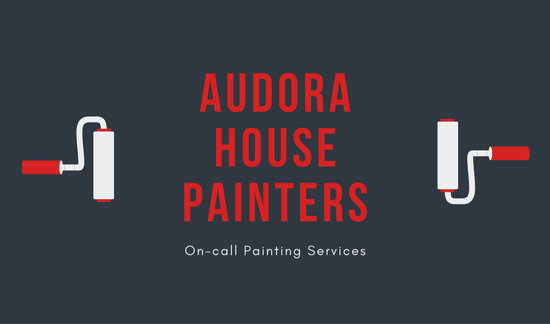Figure Out How Seasonal Elements Affect Industrial Exterior Paint Success And Uncover The Best Times To Guarantee Long Lasting Results For Your Task
Figure Out How Seasonal Elements Affect Industrial Exterior Paint Success And Uncover The Best Times To Guarantee Long Lasting Results For Your Task
Blog Article
Read the Full Posting -Leach Browne
When you're intending a business exterior paint job, seasonal factors can make or damage your results. You'll intend to think about just how temperature and moisture influence paint application and drying times. Choosing the right period can ensure your paint sticks correctly and lasts longer. However which seasons are genuinely the very best for this kind of job? Let's discover the key elements that can impact your task's success.
The Impact of Temperature Level on Paint Application
When you're preparing a commercial exterior paint project, the temperature level can significantly impact how well the paint sticks and dries.
Preferably, you want to repaint when temperatures vary in between 50 ° F and 85 ° F. If it's as well cool, the paint might not cure properly, resulting in issues like peeling or fracturing.
On the other side, if it's as well hot, the paint can dry out too promptly, stopping correct adhesion and leading to an uneven surface.
You must also consider the moment of day; early morning or late afternoon offers cooler temperature levels, which can be much more desirable.
Always examine the producer's suggestions for the certain paint you're utilizing, as they often offer assistance on the optimal temperature array for optimum results.
Moisture and Its Result on Drying Times
Temperature level isn't the only environmental aspect that affects your commercial exterior paint project; moisture plays a significant function also. High humidity levels can reduce drying times substantially, affecting the total top quality of your paint work.
When the air is saturated with wetness, the paint takes longer to heal, which can lead to issues like poor bond and a higher danger of mold development. If you're repainting on a particularly humid day, be gotten ready for extended delay times in between coats.
It's essential to keep an eye on neighborhood weather conditions and strategy appropriately. Ideally, go for moisture degrees in between 40% and 70% for optimal drying out.
Maintaining these factors in mind ensures your project stays on track and provides a lasting coating.
Best Seasons for Commercial Outside Paint Projects
What's the very best time of year for your business external paint tasks?
Springtime and early fall are generally your best choices. During these seasons, temperatures are moderate, and humidity levels are usually reduced, developing excellent problems for paint application and drying.
Prevent summer's intense heat, which can trigger paint to completely dry too rapidly, resulting in inadequate attachment and finish. Similarly, winter season's cold temperature levels can impede proper drying out and curing, risking the longevity of your paint job.
Aim for days with temperatures between 50 ° F and 85 ° F for ideal outcomes. Remember to check view it for rain, as damp conditions can spoil your task.
Preparation around these elements guarantees your paint task runs efficiently and lasts longer.
Conclusion
To conclude, intending your business external paint jobs around seasonal considerations can make a considerable difference in the outcome. By scheduling work during the perfect temperature levels and moisture levels, you'll guarantee better attachment and drying times. Bear in mind to watch on local weather prediction and pick the correct time of year-- spring and early fall are your best options. Taking these actions will assist you attain a durable and specialist surface that lasts.
